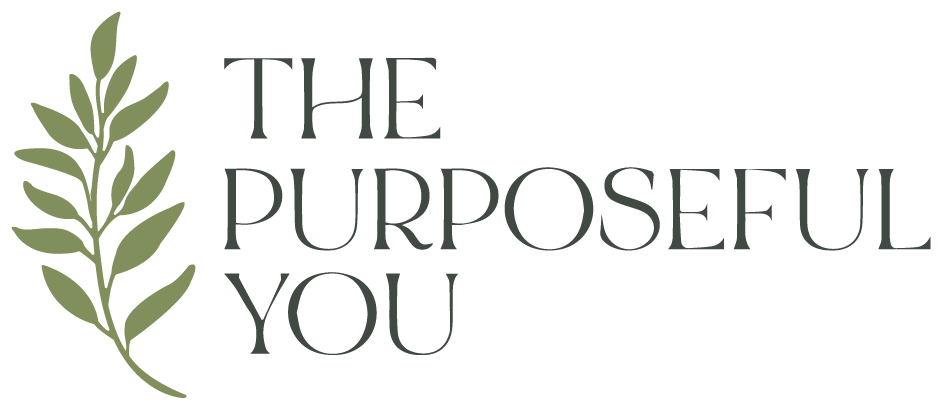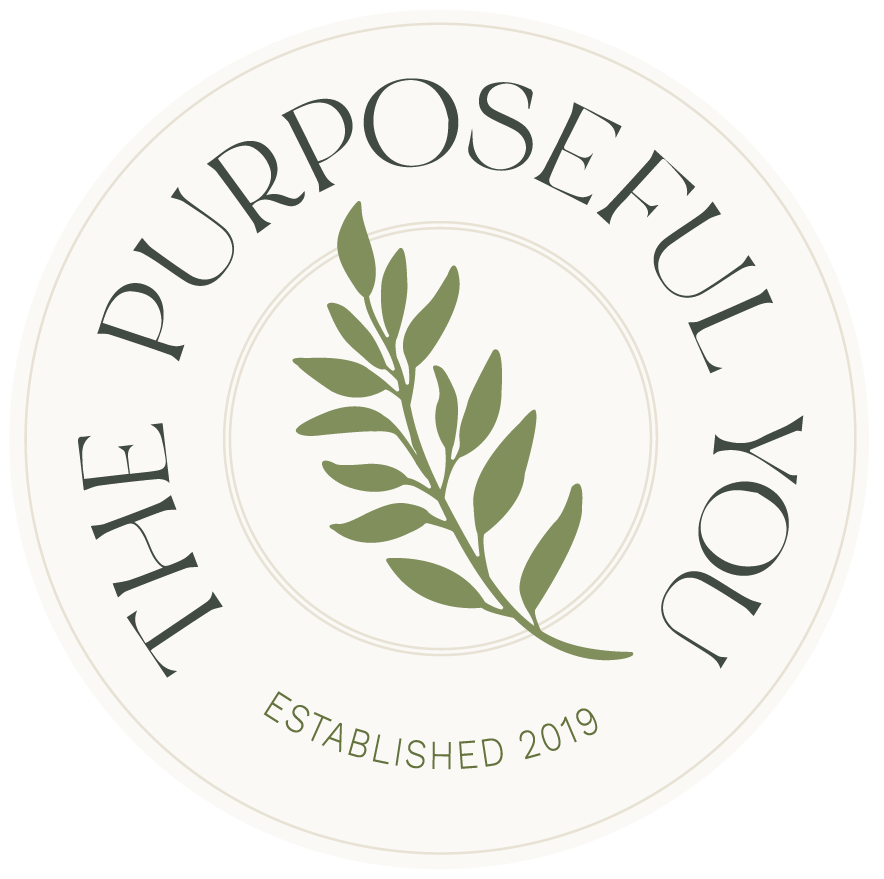5 Ways We Can Rethink Our Clothes
Check out my Garden E-Book!
Did you know I wrote an e-book? It’s perfect for beginner gardeners in their first 3 years of gardening. Check it out and purchase my e-book here!
If you didn’t know, now you know! Fashion Revolution Week is April 18-24, 2022. This annual campaign organizes seven days of action and is part of a broader movement in fashion activism. The vision is to reimagine the fashion industry to be better for the planet and for the people who make up the industry.
Fashion sustainability is a topic I really care about because it’s something that we interact with on a daily basis, so I think it represents one of the highest areas of potential for us to adjust our footprint. Because we wear clothing everyday, this is a practical, achievable opportunity for us to make a difference everyday.
If you haven’t stopped by The Purposeful You blog before, hi! I’m Tasha, and I started this blog because I want to inspire people to make small changes that add up to a big impact. I believe that a sustainable lifestyle is built through individual, day-to-day decisions. That includes advocating for large-scale transformation with our votes, our dollars and our voices!
Today, I want to share a bit of history behind why Fashion Revolution Week started, as well as five ways we can shift our mindset about our wardrobes — keep reading to learn more! If you have more tips of your own, please share them in the comments or on social media (feel free to tag me @thepurposefulyou!) and spread the word amongst your circle. Together we can help this movement grow!
The story that sparked this movement is a tragic one. Every year, Fashion Revolution Week coincides with April 24, the anniversary of the Rana Plaza disaster in Dhaka, Bangladesh. The Rana Plaza building was the workplace of about 5,000 employees for a number of garment factories, making clothes for some of the world's largest fashion brands. On April 24, 2013, the building collapsed, killing 1,134 people and injuring over 2,500 others — mostly young women.
This was the fourth largest industrial disaster in history, and it widened our eyes to the poor labour conditions faced by workers in the garment sector. They put their lives on the line so that we could have clothes on our backs. This should never have been and never should be the case!
Fashion Revolution Week is a time of remembrance as well as a time to demand change in the fashion industry — so that people and the planet no longer pay the price of fashion. It’s a time to get loud and pose this question to the brands we buy from: #WhoMadeMyClothes? We need to require transparency from brands about fabric, manufacturing, worker protections and more. Accountability is a job for all of us.
So, before I share my tips for rethinking how we use our closets, the very first thing I hope you do is make noise for Fashion Revolution Week. Get on social media — tag the brands whose clothes you wear, ask them #WhoMadeMyClothes and #WhatsInMyClothes. Get your friends involved. Get purposeful with your fashion — speaking of, here are five ways to do that!
5 ways to be more purposeful with your wardrobe:
1. Don’t treat clothes as disposable. We’ve normalized wearing an item a few times and then throwing it out. Well, let’s un-normalize that. Reducing our consumption is one of the best things we can do. This means slowing down how often we buy, focusing more on what we need and moving away from the fast-paced fashion/trend calendar (here’s to dressing interseasonally!). It also means taking good care of the clothes we have and holding onto them for longer. It makes a big difference to do laundry mindfully — washing clothes a little less, using softer detergents and hanging to dry when possible.
2. Embrace secondhand! I’ll be honest, I used to think secondhand was gross. If that’s how you feel, visiting a chic consignment store or hosting a clothing swap with friends takes the “ew” right out of it! Someone else’s donation could be your favourite new piece. Plus, it’s so helpful when you have kids. I try to follow an 80/20 rule (80% secondhand, 20% new — ideally ethically made). I’m always amazed by the high quality (and even luxury!) hidden gems I find at thrift shops, and I haven’t looked back.
3. Do research. More and more people are becoming conscious consumers. Information is power and can help us decide where to spend our money. Learn about the advantages of different fabrics; for instance, natural fibres like linen and wool biodegrade better and are generally more durable. Be skeptical of greenwashing (this app watches out for that!). Visit the websites of companies you’re interested in — if they truly care about the environment and their employees, they should have shared information about their commitments and even have a sustainability section. Reach out to brands and ask them questions about their materials, manufacturing practices and worker treatment (do they offer protections and pay fairly?) so that you can be an informed customer.
4. Hold yourself to a realistic standard. It’s not ALL sustainable fashion or nothing. Give yourself a break here — the reality is that there are not enough options on the market for everyone and every price point yet. If you purchase a slow fashion item that will last a lifetime, keep it and take care of it. If you purchase a fast fashion item, you can still see it as a long-term purchase and do your best to make it one. A sustainable wardrobe, in my mind, is a mix of choices and what fits in our budgets. A little bit of everything!
5. Buy what you love. Making “better” purchases goes beyond ethical materials and practices. A closet is linked to our mental wellbeing. It sounds weird but it’s true — we create emotional connections with what we wear! Clothes can help us feel more — or less — confident day to day. An impulse buy might be a quick fix but ultimately it doesn’t solve anything. We waste less when we love what we have. Let’s start creating a healthy mindset around our clothes, purchasing with intention and choosing items that make us genuinely feel good (not what someone else told us to buy on Instagram!).
Thanks so much for reading! I hope this blog inspires you to take action and believe that you can have an impact on the fashion industry. If we all do something from this list, it will add up. A fashion revolution is closer than ever before.







